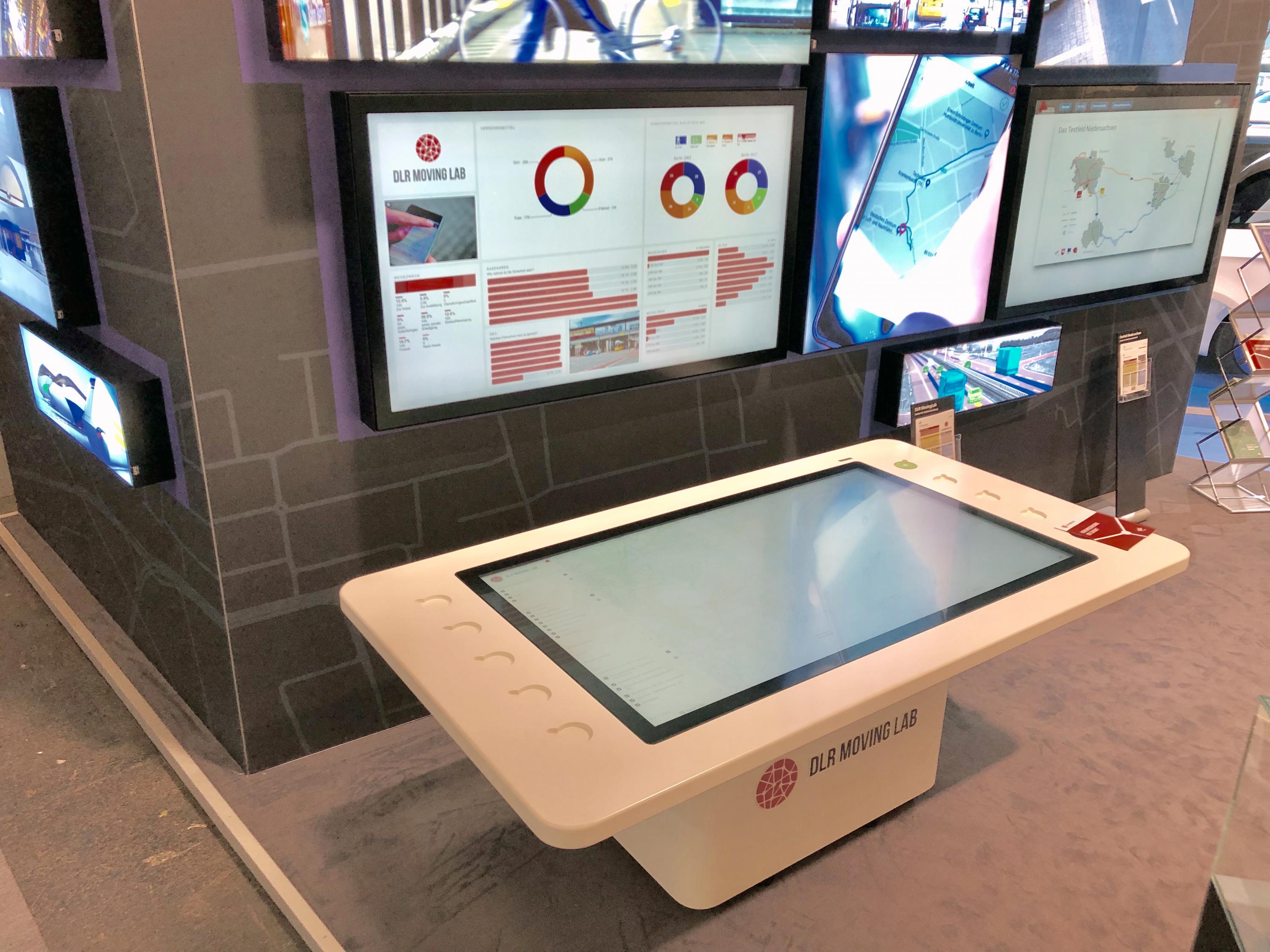
DLR MovingLab provides a method to collect data on transport and mobility using mobile devices. The system consists of four components: mobile devices to collect data (smartphones and GPS loggers), a back end for data processing, a website and a panel of people willing to participate in surveys. Test subjects use mobile devices or the website to communicate online with the DLR MovingLab system. Logging and processing of movement data automatically determines the principal characteristics of routes travelled. This includes start and end times, the precise route taken and the use of individual modes of transport along each part of the route. In addition, user interaction with the application and the website enables MovingLab to collect extensive additional information such as the purpose of the journey. This information can be used to analyse the collected route data and the observed mobility behaviour. Location changes are interpreted to create acceleration profiles that indicate the use of particular modes of transport. The benefit of this method is automatic, precise logging of routes with data on each mode of transport as well as transfer and staging points. Participants are only required to carry the device and activate tracking. The negligible participant workload enables long-term surveys and additional studies, for example concerning new mobility concepts and services. Conventional surveys based on journey diaries, conducted by telephone, online or in person, are expensive and sometimes imprecise due to subjective estimates of distances and other variables. They are also associated with a significant workload for participants. Surveys of this kind are therefore restricted to one day in most cases. Sensor-assisted surveys have the potential to revolutionise established survey methods and to increase data quality. DLR MovingLab is able to meet the requirements of various mobility projects and deliver scientific findings about underlying issues. In addition, the system is adaptable with regard to participant numbers and characteristics, spatial references, survey duration, and the inclusion of context-related questions.
